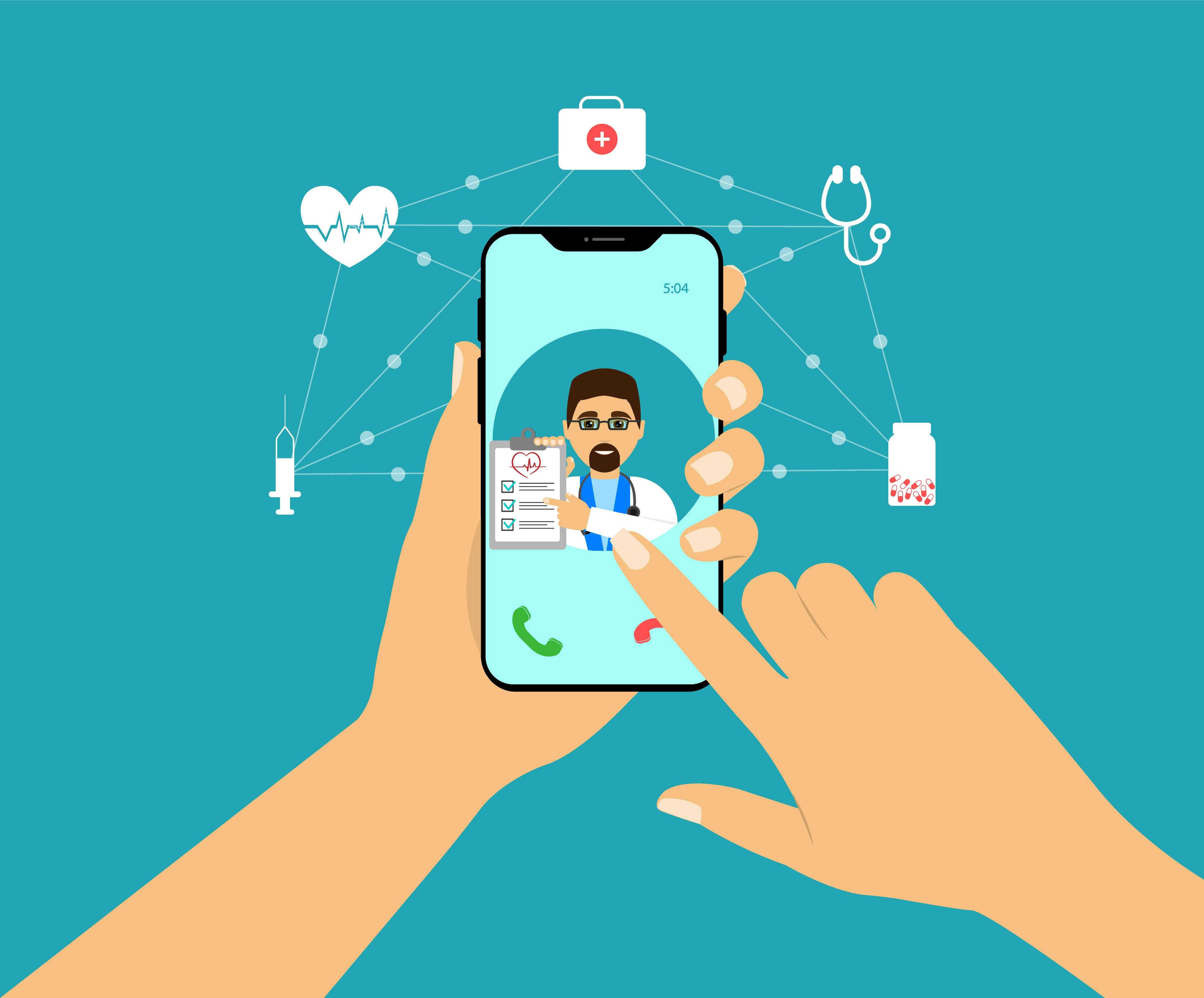
@ShahidNShah


Telehealth clearly has crossed a threshold of acceptance and now is viewed by physicians, payers and patients as an essential part of healthcare. It’s no surprise Fortune Business Insights predicts the telehealth market will reach $636.4 billion by 2027. That’s more than 10 times the $61.4 billion spent on telehealth in 2019.
However, there are barriers to telehealth adoption that physicians must overcome to realize the technology’s promise. For starters, many healthcare delivery organizations still are in the early stages of building a delivery ecosystem that provides the right balance of virtual care and in-person services, and one that dynamically rebalances as consumer preferences shift. Calibrating the right mix of in-person and telehealth services for specific patient populations will be an ongoing challenge for physicians.
There are other challenges to physicians being able to fully optimize telehealth services for themselves and their patients. A significant amount of education will be required to make telehealth a seamless experience for patients who may not be digitally savvy or aware of their physician’s telehealth service options.
Continue reading at medicaleconomics.com
Healthcare IT leaders discuss the future of digital accelerations, workforce challenges and cybersecurity. Healthcare organizations have implemented digital health tools such as telehealth and remote …
Connecting innovation decision makers to authoritative information, institutions, people and insights.
Medigy accurately delivers healthcare and technology information, news and insight from around the world.
Medigy surfaces the world's best crowdsourced health tech offerings with social interactions and peer reviews.
© 2025 Netspective Foundation, Inc. All Rights Reserved.
Built on Apr 21, 2025 at 1:14pm